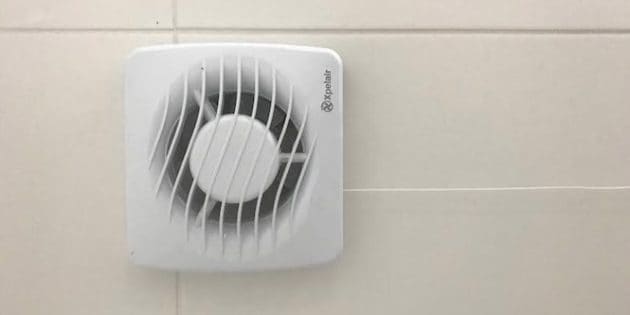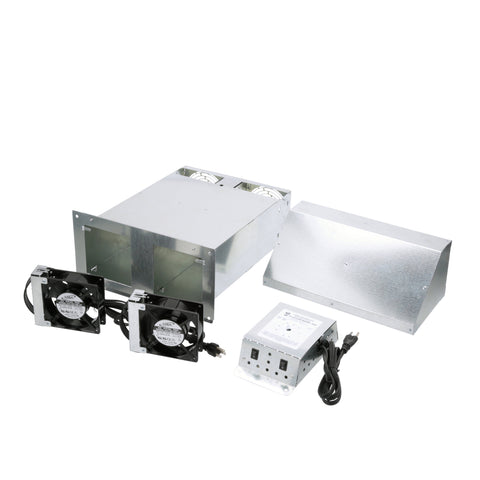
How Much Will It Cost To Run The Fan All The Time? Follow the cleaning timeline for your specific model, as outlined by your fan installer.

Most fans should have the fan grill and body cleaned yearly. Typically, one dial will adjust the CFM or speed, while the other will determine how long the fan will remain on after being triggered by motion or a wall switch. In most cases, one continuously ventilating fan-either in the bathroom or the kitchen-is enough.įan settings are usually adjusted by removing the fan grate and adjusting the dials. Sometimes a kitchen range hood rated for continuous use is an option, if a home’s structure doesn’t allow the installation of a properly vented bathroom fan. It should replace whatever fan is already located there. The most common location for the continuous ventilation fan is in the most frequently used bathroom. Where Is The Continuous Ventilation Located? The fan’s motor sucks in air from throughout the house and blows it outside through ductwork. The fan installer or final inspector will set the exhaust fan ventilation speed depending on the number of occupants or bedrooms and the home’s tightness. In terms of duration, we recommend running fans on high speed for 20-30 minutes to clear out excess moisture and odors. Higher speeds are used when bathing (50-110 CFM) or cooking (more than 100 CFM). The continuous or low speed setting is typically 30-50 cubic feet per minute (CFM). These fans typically have two speeds which can be controlled by a motion sensor or switch. Fan installation often costs between $500-1200. We recommend an ENERGY STAR-rated bathroom exhaust fan or kitchen range hood that is rated for quiet and continuous operation. What Type of Ventilation Do You Recommend? Bathroom ventilation fan Mechanical ventilation, in the form of exhaust fans, allows homeowners to better control the breathability of their home.

The issue isn’t that these homes are too “tight”-it’s that they not “breathing” properly. Typically, newer or recently air-sealed homes have less natural ventilation, which means these pollutants aren’t regularly flushed out of the home. Contaminants like formaldehyde and volatile organic compounds (VOCs) can accumulate and may cause health problems in poorly ventilated homes. Too little ventilation can allow unpleasant odors to linger.

Moisture from cooking and bathing need to be removed before high humidity levels lead to mold growth and/or physical damage to the home. Homes without adequate ventilation can experience a variety of problems with indoor moisture, odors and pollutants.


 0 kommentar(er)
0 kommentar(er)
